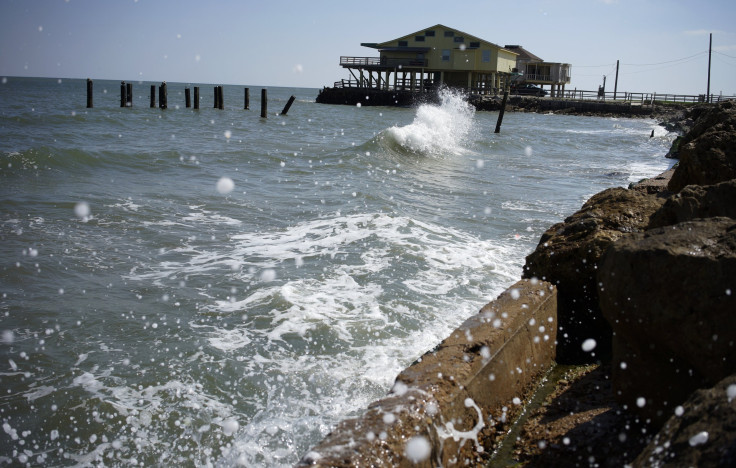Gulf Of Mexico Dead Zone Has Grown In Size This Summer, NOAA Says

A dead zone in the Gulf of Mexico, an area with low oxygen that is harmful to marine life, has grown in size this summer, scientists at the National Oceanic and Atmospheric Administration (NOAA) said Tuesday. Heavy rainfall in June across the Mississippi River watershed and a loss of nutrients in the water were cited as possible causes.
This year, the dead zone is over 5,000 square miles large and is equivalent to the combined size of Connecticut and Rhode Island, according to NOAA. Also known as hypoxia, the dead zone is formed mostly from the overuse of fertilizers on farming land. Nutrients such as nitrogen allow algae to flourish and consume the oxygen that's needed to support life in the water, leading to depleted populations of fish, shrimps, crabs and other marine life. Annual measurements of the dead zone began in 1985.
"The heavy rains that came in June with additional nitrogen and even higher river discharges in July are the possible explanations for the larger size,” Nancy Rabalais, executive director of the Louisiana Universities Marine Consortium, who led the scientific cruise to examine the area, said.
Another dead zone is in the Chesapeake Bay, which researchers at the University of Michigan in June predicted would be below average this summer. However, they said that the dead zone would still remain significantly large.
According to NOAA, the Gulf of Mexico dead zone grew to its largest -- at 8,497 square miles -- in 2002. The smallest measured dead zone was just 15 square miles, in 1988. For the past five years, the average size of the dead zone has remained about 5,500 square miles.
Weather, including wind speed, wind direction, precipitation and temperature, influence the size of the dead zone, that lasts until autumn.
© Copyright IBTimes 2024. All rights reserved.












